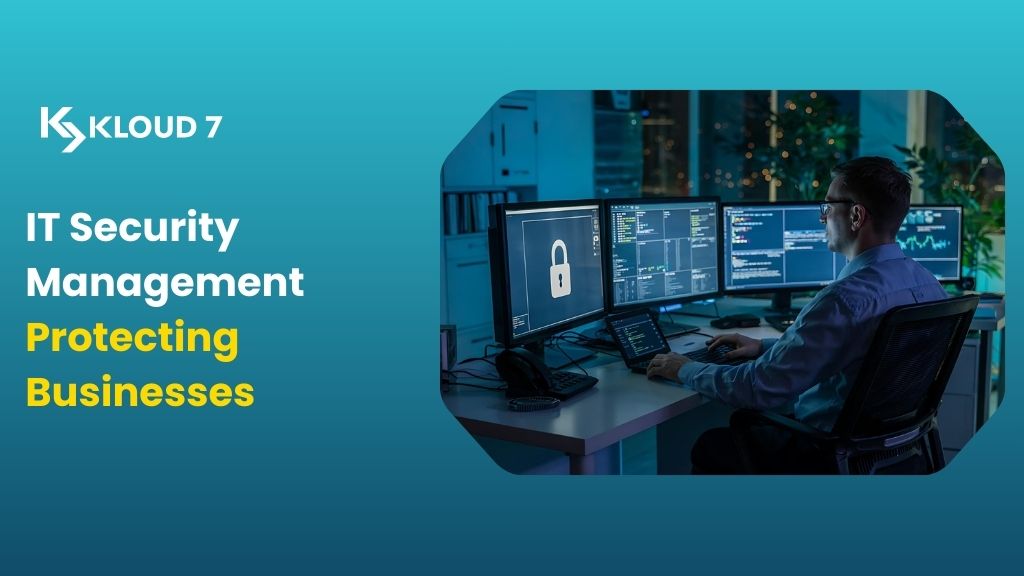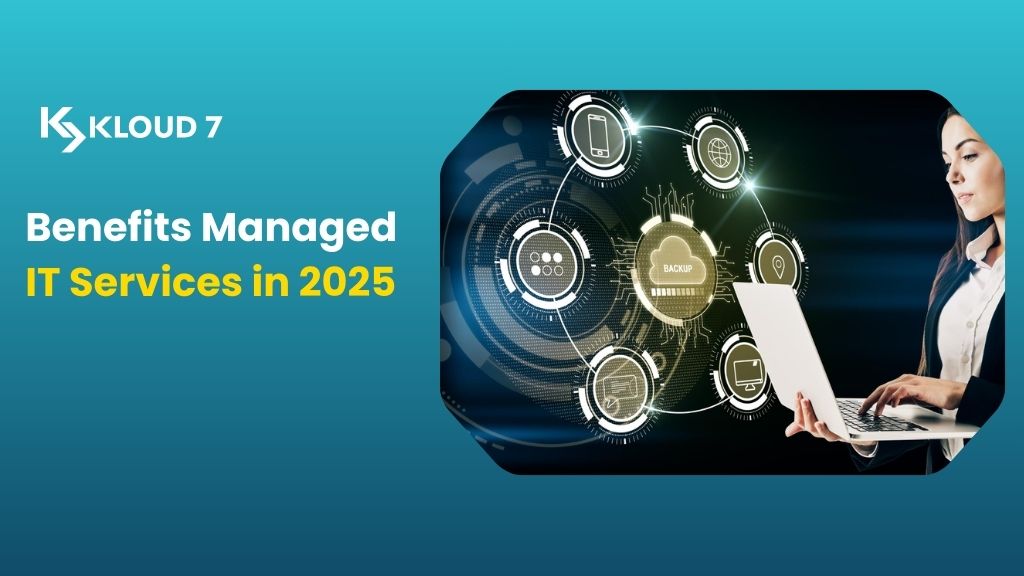In today’s fast-paced digital landscape, every business, whether a startup or an established enterprise, depends on technology to run smoothly. However, maintaining and managing IT infrastructure in-house can be expensive, unpredictable, and time-consuming.
That’s where Managed IT services step in. By outsourcing IT operations to experts, businesses can reduce costs, boost efficiency, and focus on growth rather than addressing day-to-day technical issues. In this article, we’ll explore how Managed IT works, why it’s a cost-effective solution, and how it can transform your business operations.
What Is Managed IT and Why Does It Matter
Definition of Managed IT Services
Managed IT refers to outsourcing your organization’s IT operations to a specialized third-party provider. These providers handle everything from network monitoring to data security, ensuring smooth and secure operations.
Key Components of Managed IT
- Proactive monitoring and maintenance
- Data backup and disaster recovery
- Cloud computing and server management
- Cybersecurity and compliance
- IT helpdesk and support
Why Businesses Are Shifting to Managed IT Models
Instead of relying on internal teams to manage complex systems, companies are turning to Managed IT because it offers:
- Predictable monthly costs
- Access to advanced technology and expertise
- Proactive problem-solving
- Better scalability and security
How Managed IT Reduces Operational Costs
Eliminating Unexpected IT Expenses
Traditional IT management often incurs unexpected costs, including hardware failures, emergency support, or security breaches. Managed IT providers use proactive monitoring, which helps detect issues early, saving you from unexpected bills.
Reducing Downtime Through Proactive Support
Downtime is one of the most expensive problems for any business. Managed IT teams provide 24/7 monitoring, ensuring prompt resolution and minimal disruptions to your operations.
Optimizing IT Infrastructure for Long-Term Savings
Outdated or mismanaged systems can drain resources. Managed IT services help businesses optimize their hardware, software, and networks, ensuring better performance and longer lifespan.
Lower Staffing and Overhead Costs
Hiring an in-house IT team can be expensive. With Managed IT, businesses get enterprise-level support without the cost of salaries, benefits, and training.
How Managed IT Boosts Business Efficiency
24/7 Monitoring and Faster Issue Resolution
With constant monitoring, problems are detected and fixed before they escalate. This allows teams to focus on their core tasks rather than troubleshooting tech issues.
Better Resource Allocation
When your IT systems run smoothly, your employees can work more productively. It also allows management to allocate budgets to growth-driven areas instead of reactive IT fixes.
Streamlined Processes with Automation
Managed IT often includes automated updates, backups, and security checks, reducing human error and improving operational speed.
Scalability for Growing Businesses
As your business grows, your IT needs evolve. Managed IT providers offer scalable solutions, making it easy to adapt to growth without major infrastructure costs.
Real-World Examples of Cost Savings with Managed IT
A mid-sized company that switched to Managed IT reported 30% lower IT costs and a 40% reduction in downtime.
A retail business adopted managed cloud solutions, saving thousands in hardware and maintenance costs annually.
A startup avoided hiring a full IT department by partnering with a Managed IT provider, allowing it to reinvest savings into marketing and product development.
These examples prove that strategic IT outsourcing not only saves money but also accelerates growth.
Key Features to Look for in a Managed IT Provider
Proactive Monitoring and Security
Look for a provider that offers 24/7 monitoring, cybersecurity tools, and fast incident response.
Transparent Pricing Models
Avoid surprise costs by choosing a partner that provides clear, fixed monthly pricing.
24/7 Support Availability
Round-the-clock support ensures your business runs smoothly even outside standard hours.
Scalable Solutions
Make sure your provider can adapt as your business grows — without expensive infrastructure changes.
Conclusion
Managed IT services offer more than just technical support — they deliver cost savings, enhanced productivity, and business resilience. By outsourcing IT, companies can focus on their core objectives while relying on experts to keep systems secure, efficient, and up to date.
FAQs
Q1: How does Managed IT save money for small businesses?
Managed IT eliminates unexpected repair costs, reduces downtime, and removes the need for full-time IT staff — resulting in predictable monthly expenses and overall savings.
Q2: What’s the difference between Managed IT and in-house IT?
In-house IT requires hiring staff and managing infrastructure. Managed IT outsources these responsibilities to experts, offering more cost-effective and scalable solutions.
Q3: Is Managed IT suitable for startups?
Yes. Managed IT allows startups to access enterprise-grade infrastructure without heavy upfront investments, helping them scale efficiently.
Q4: How quickly can a business see results from Managed IT?
Most businesses experience improvements within 3 to 6 months, including reduced downtime, lower costs, and smoother daily operations.
Q5: Can Managed IT improve cybersecurity?
Absolutely. Managed IT providers offer advanced security monitoring, firewall protection, data encryption, and threat detection to protect against evolving cyber risks.




